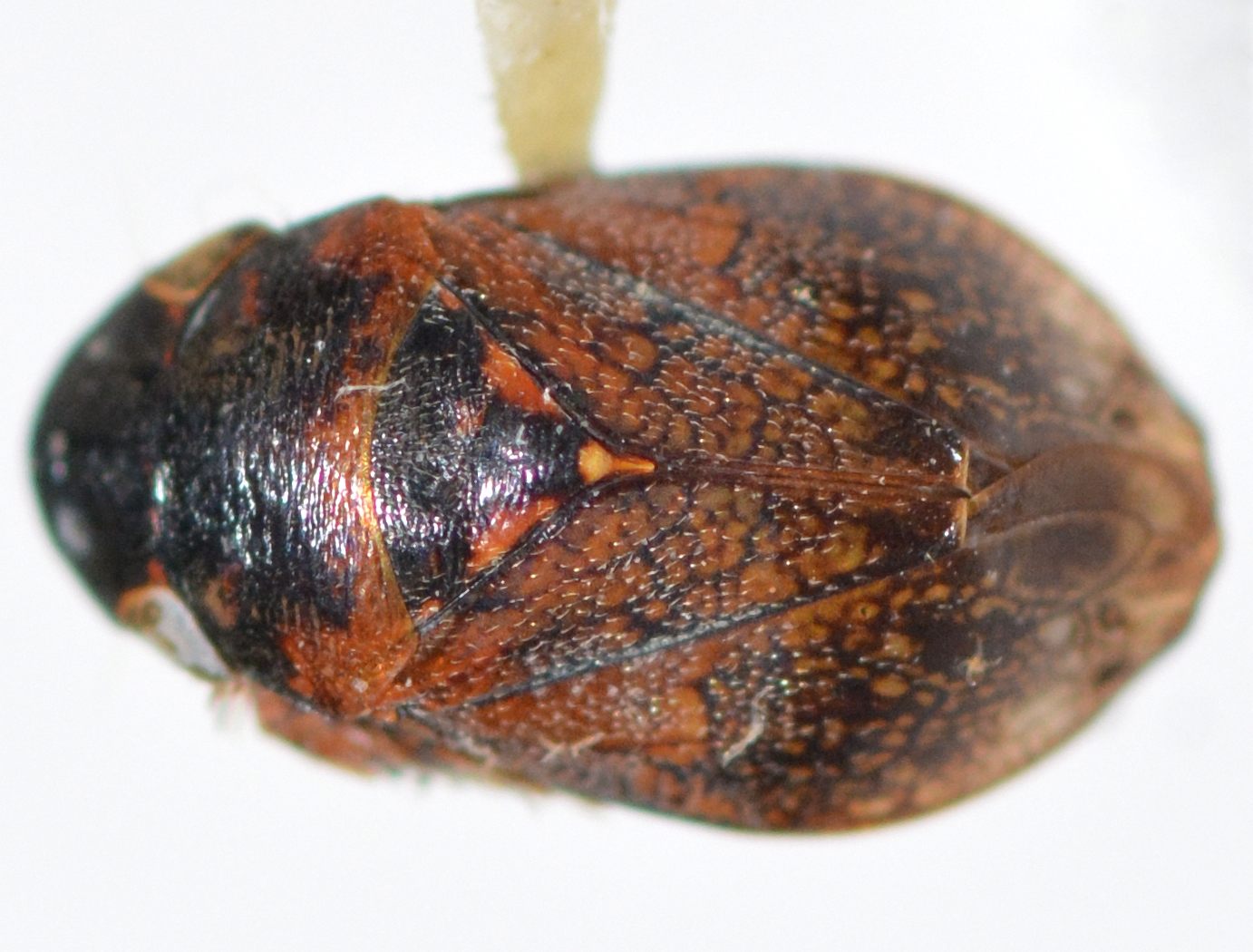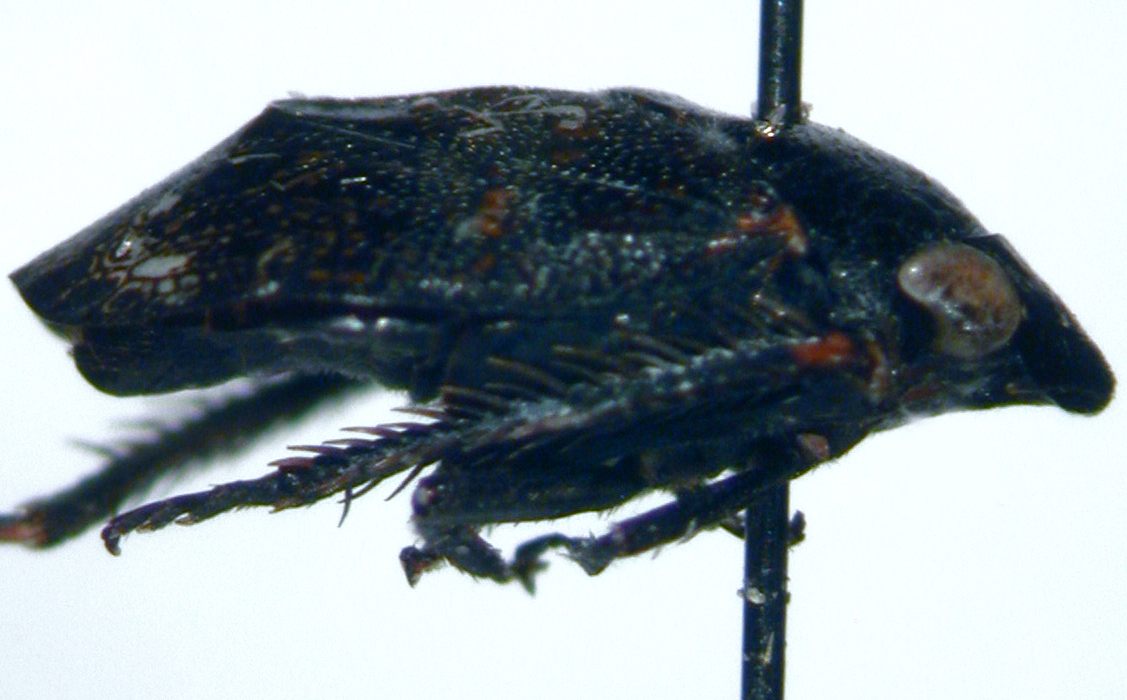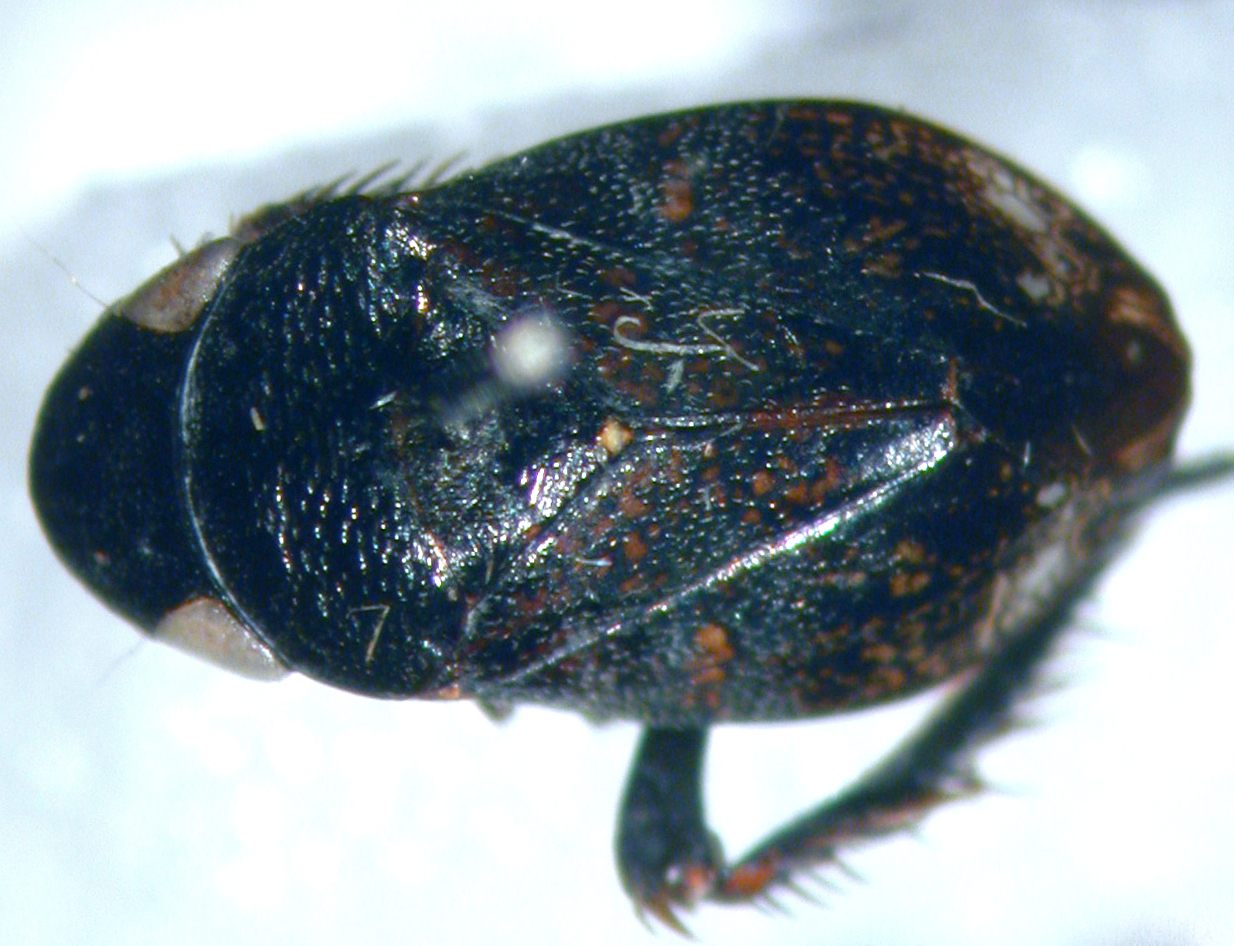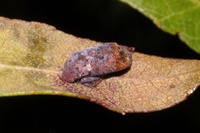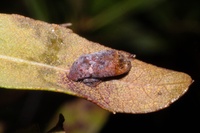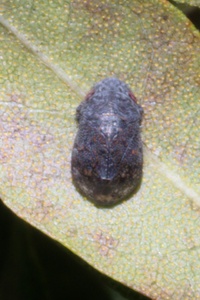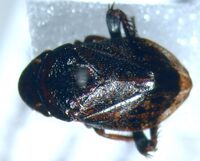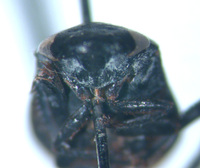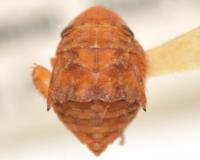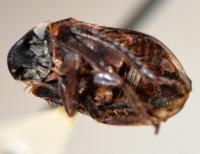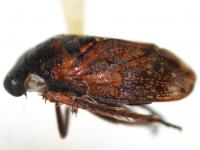| Comment: NOTE: This genus is very unique among the leafhoppers in the area, as it does not look like a typical leafhopper and instead resembles a spittlebug (in particular Clastoptera). However, note that there are spines on the sides of the legs, which spittlebugs lack.
This species is very similar to P. americana but can be distinguished several ways. Penthimia floridana is a smaller species than americana, being 4.5-5.0 mm long compared to 5.0-6.0 mm, respectively. The pregenital sternite of floridana is also not as long as that of americana. Most notably though, floridana has a much longer and differently-shaped head compared to americana: it noticeably extends past the eyes in floridana, which is not the case in americana. Furthermore, the head of floridana is more triangular in shape, prominently extending past the eyes in dorsal view; in americana, the head is shorter and more of a blockish, pentagonal-shape. |

 »
»
